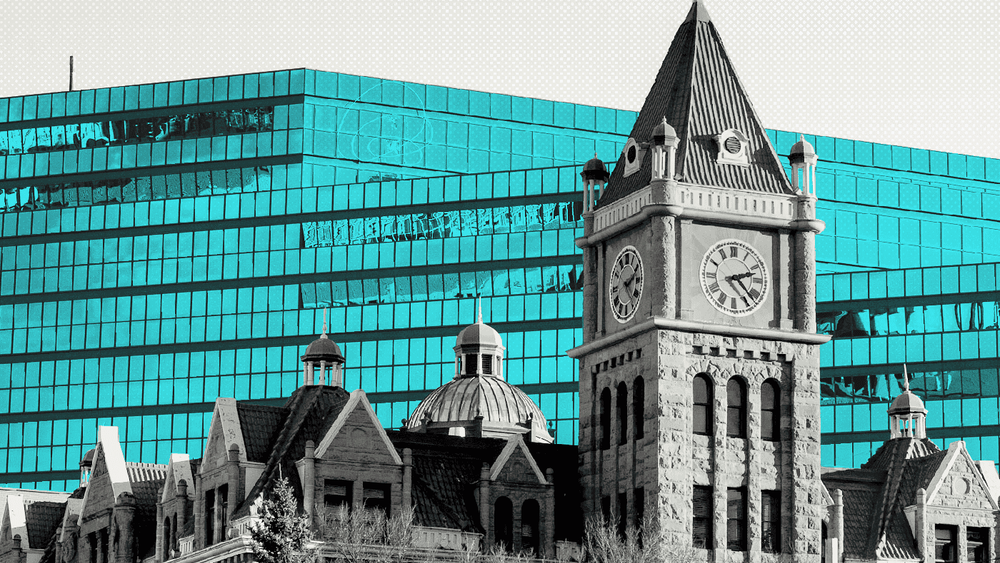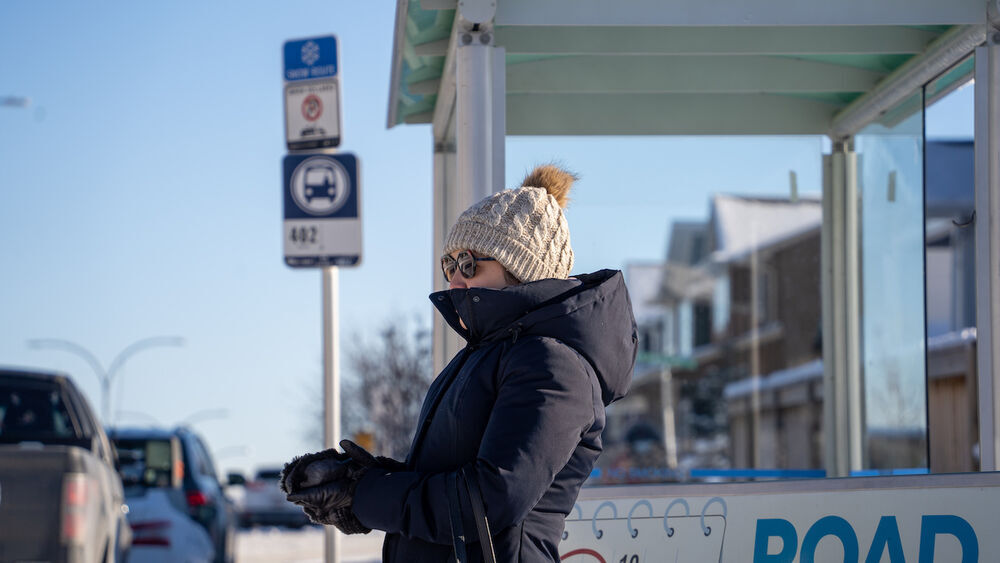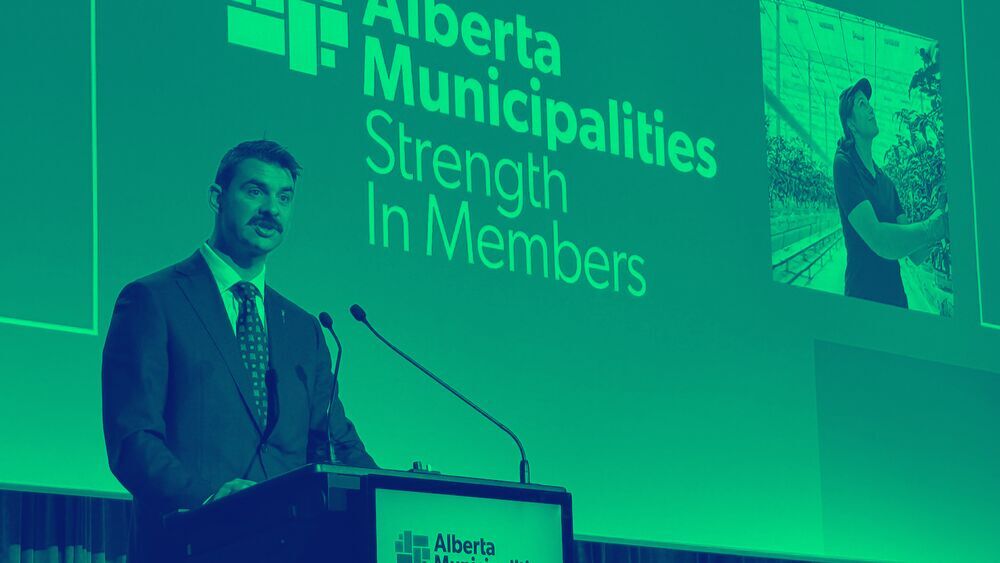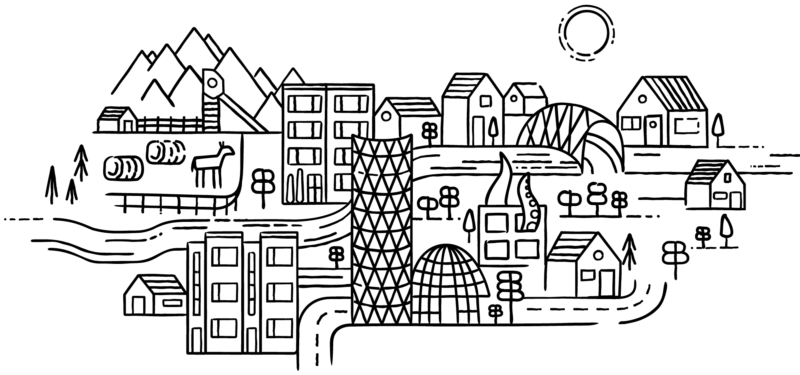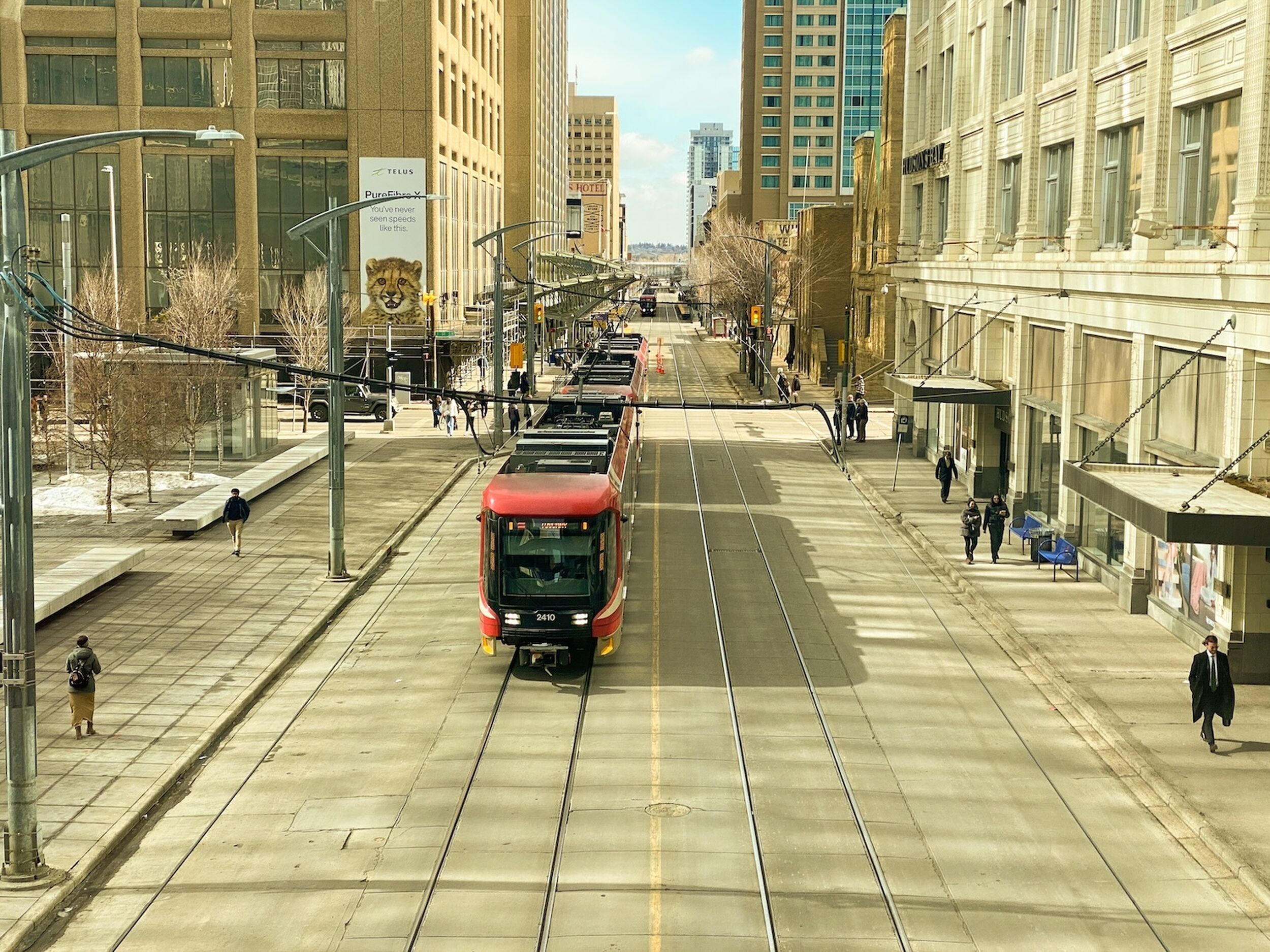
Photo: Jeremy Klaszus
The year of local connection
Going into 2025, there’s a deep yearning for it.
On weekends, The Sprawl sends out an email newsletter called Saturday Morning Sprawl. Subscribe here so you don't miss a dispatch! Here is this week's edition.
A few days ago, while I was driving to meet a friend downtown, CBC Radio was playing an old episode of Terry O’Reilly’s show Under the Influence.
O’Reilly was talking about which business certain companies are really in and how it’s often not what it seems on the surface. For example, Nike isn’t in the shoe business, O’Reilly said, it’s in the motivation business. Molson isn’t in the beer business, it’s in the party business. And so on.
It got me thinking: What is The Sprawl’s underlying “business”?
I didn’t have much time to think about it because I got downtown and parked, and headed into Bow Valley Square to meet my friend.
She recently started a new job, a well-paying gig high up in a downtown tower. Over lunch, she talked about how, when she comes downtown to work, she enters a surreal, hypersanitized world of polish and Plus 15s.
On street level below, you have people who lack basic needs like housing. You have scenes of human desperation. And then above that, you have a whole different reality.
There is the world “down there” and the world “up here” and the two don’t seem to meet in any meaningful way.
It got me thinking. My friend has all her material needs met. More than enough, by her own account. And yet she has a sense of alienation from the city around her.
There is the world ‘down there’ and the world ‘up here’ and the two don’t seem to meet in any meaningful way.
Which brings me back to my question, the one raised by Terry O’Reilly’s show: What business are you really in? The answer, on the surface, is that The Sprawl is in the news business. Okay, sure. But what’s going on beneath that? What are people looking for?
More and more, I think it’s about connection. And specifically, local connection.
People crave it, but we live in a world where many of us don’t even know our neighbours. In many ways it’s just easier to be alone and as self-sufficient as possible—abandoning in-person connection for the thin facsimile of online “connection” (which, when consumed incessantly, makes us feel even more disconnected).
Over the holidays I’ve been re-reading one of my favourite books, Fyodor Dostoevsky’s The Brothers Karamazov. There's a bit in there where one of the characters, a mysterious visitor to the Elder Zosima when the monk was young, says something that is uncannily resonant, describing a society of alienation. This was long before the smartphone:
“For each now strives to isolate his person as much as possible from the others, wishing to experience within himself life’s completeness, yet from all his efforts there results not life’s completeness but a complete suicide, for instead of discovering the true nature of their being they lapse into total solitariness. For in our era all are isolated into individuals, each retires solitary within his burrow, each withdraws from the other…”
Dostoevsky was writing in Russia in the 1870s but it might as well be Canada in the 2020s.
The antidote, as the Elder Zosima articulates in the book, is a vision of connectedness, one where people recognize their interdependence and are responsible for each other. A shared humanity rather than atomized individuals.
As Zosima’s visitor puts it: “In every place today the human mind is mockingly starting to lose its awareness of the fact that a person’s true security consists not in his own personal, solitary effort, but in the common integrity of human kind.”
That connectedness, of course, is easy to read and write about. It is much more difficult to work out in real life. Elsewhere in the book, Dostoevsky observes how one can ardently love humanity (or the idea of it) while despising the specific flesh-and-blood persons we find ourselves surrounded by.
The cartoonist Charles Schultz paraphrased this almost a century later in his Peanuts comic strip. “I love mankind,” Linus tells Lucy. “It’s people I can’t stand!”
But for better or worse, we are here, in this specific city, with these specific people, at this specific time, together.
Going into 2025, there is plenty that divides us. You don’t have to look far to see that. But perhaps 2025 in Calgary can be a year of local connection in small ways, and maybe even some big ones too.
We are coming off a very exciting month after Calgarians rallied to save The Sprawl in the final weeks of 2024. With a civic election coming up in October, there is lots to dig into when it comes to Calgary municipal issues—and we are on it.
If you value our independent Calgary journalism, please consider pitching in to support it! Our work is crowdfunded by Calgarians who believe in what we do. If that's you, we'd love to welcome you aboard for the year ahead. You can sign up here.
Thanks for reading and Happy New Year!
Jeremy Klaszus is founder and editor of The Sprawl.
Support independent Calgary journalism!
Sign Me Up!The Sprawl connects Calgarians with their city through in-depth, curiosity-driven journalism. But we can't do it alone. If you value our work, support The Sprawl so we can keep digging into municipal issues in Calgary!
